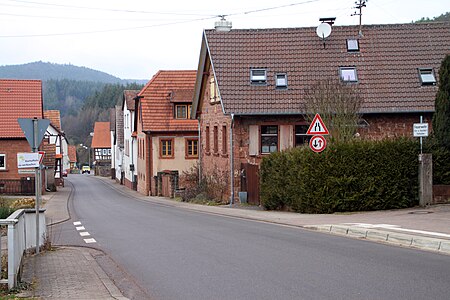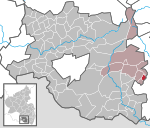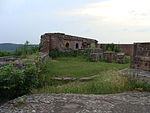The German Shoe Museum (German: Deutsches Schuhmuseum Hauenstein, full name: Museum für Schuhproduktion und Industriegeschichte Hauenstein) is a museum in Hauenstein, Palatinate. Its exhibits cover the development of the local shoe industry. On four stories of an old shoe factory, the museum illustrates both technical aspects of shoe manufacturing and the social and every day history of shoes.The exhibition portrays the beginnings of the shoe industry in the nearby town of Pirmasens dating to around 1800, when discharged soldiers made shoes to earn a living. By the mid-19th century Pirmasens had developed into the most important site of the German shoe industry. This affected the little village of Hauenstein, which at the time consisted mainly of small farmers and forest workers.
In 1886 the Seibel brothers founded the first shoe factory in Hauenstein. By 1914, twenty factories had been established, with more than 1,000 employees. Despite the pressures to combine that arose from the French occupation, economic crises, and the war years, the number of factories had grown by 1960 to 35. Thereafter, however, progressive automation and the relocation of production to foreign countries led to a serious structural crisis in the German shoe industry, resulting in numerous businesses being closed.
The German Shoe Museum is housed in one of these former production facilities.









